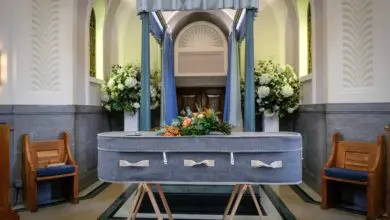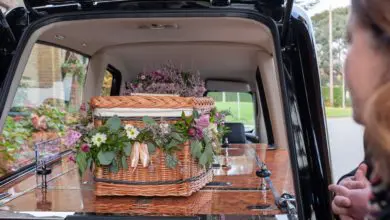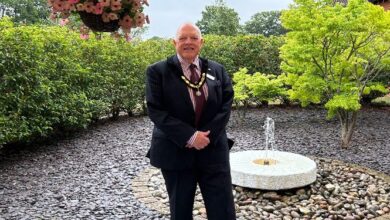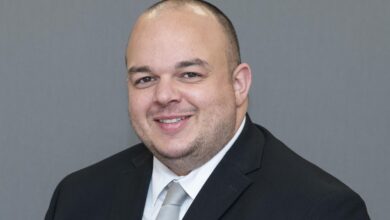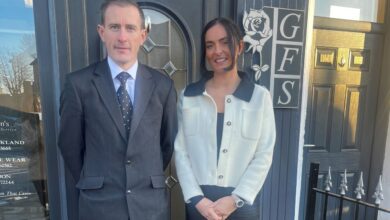Maintaining client connection
Celebrant Mark Taylor discusses how best to maintain a connection with your client despite the issues currently faced by the profession
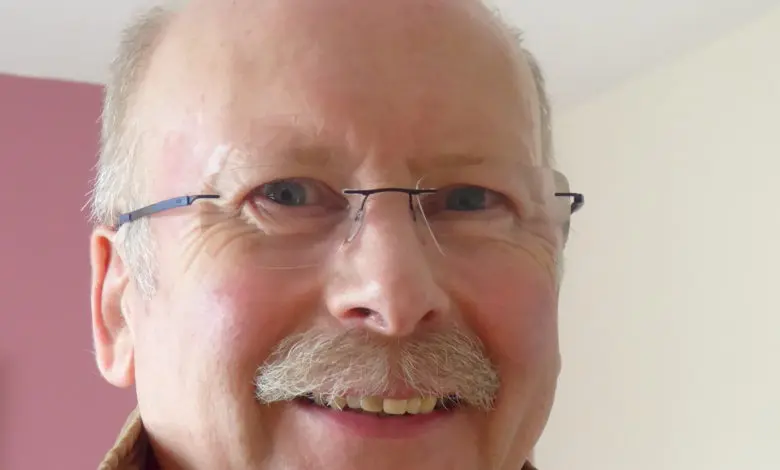
Register to get 1 free article
Reveal the article below by registering for our email newsletter.
Want unlimited access? View Plans
Already have an account? Sign in
It is probably a truism to say that all of us who are involved with funerals want to do the best by the families we work with. Right now that has been made much more difficult by Covid.
There is no simple solution to the difficulties that the pandemic has created within the funeral world. As a celebrant, perhaps the hardest thing to deal with is the ‘family visit’. It is a really important part of the process of creating a funeral ceremony and telephone and video calls, email and texts are just not the same as a face-to-face visit.
I imagine that funeral directors are finding similar difficulties and many of them, like us, will be meeting families for the first time on the day of the funeral. Every other part of the process, except dealing with the deceased may have been carried out remotely.
Funeral directors want to give the service for their clients that helps them to move through the process of bereavement and grieving as smoothly as possible. Celebrants want to work with families to create the right ceremony and give the deceased the ‘send-off’ that the families feel is right for their loved one. Of course ‘send-off’ is probably not the term that is used by every family.
Providing that service is not just arranging a smooth, slick funeral and a well-written eulogy. Although few of us are trained counsellors, a lot of what we do has elements of pastoral care that may have a lot in common with counselling. For a celebrant, the family visit is the starting point.
That all important meeting between celebrant and client is by no means an easy affair. The first few minutes are crucial as the celebrant has to make the bereaved families feel at ease and confident that they have got the right person for the ceremony. The meeting needs to be friendly and relaxed, right from the start.
At a face-to-face meeting, the best way of doing that is through the tried and tested British method of offering a cup of tea. Usually the client will offer one and the celebrant accepts and everyone feels more at ease. Biscuits are more of a problem; it may seem impolite to decline but can be awkward when trying to speak with a mouthful of custard cream.
One of the best compliments that was paid to me in recent months was when one delightful lady said at the end of the meeting, “I thought this was going to be difficult but you made it really easy” – and that was at the end of a Zoom call.
Maybe the one advantage of the remote meeting is that it by-passes the dehumanising effects of PPE; the physical, social and communication handicap of masks and that awkward application of hand gel at the end. There is no getting away from it once the ceremony begins at the crematorium or graveside.
I find it hard enough to recognise the chief mourner under normal circumstances when I meet them at the entrance to the crematorium. They will be dressed in their chosen funeral clothes and very different from the way they looked at the family meeting, certainly a lot less relaxed. Add to that the mask and the chance of not having actually seen them in person or on a video call and it is an impossible task. The only recourse is asking the nearest person; where is, ‘so and so?’ which has a somewhat unprofessional feel about it. Having found the right person, how do you know how they are feeling behind that mask? The eyes give away a lot but not everything.
The last hurdle for the celebrant is the ceremony itself. Any face-to-face communication involves visual feedback. It is not something of which many of us are particularly aware but it is true in both formal and informal speaking.
One reason why video communication is less easy, is because it happens too quickly for the medium. It is so much easier if the whole face of the listener is visible. I find that feedback vital when standing at the lectern. I want to see how my words are being taken and I can adjust my delivery as I speak – just as above, the eyes give away a lot but not everything.
Then there is the issue of sharing the lectern and microphone with other speakers… I feel quite uncomfortable doing so these days.
After it is all over, I enjoy the opportunity that email gives to continue communication with the family, if only to send the script. Some of them want to continue a little and for some, the contract has ended and they feel no need for more. That is fine, but I am still prepared to continue a friendly dialogue with those who wish.
My throughput of clients is unlikely to be as great as funeral directors and my relationships with clients are not as formal and professional. For me, what could be termed as continuing pastoral care is much easier. However, many funeral directors do provide this informal service and are pleased to do so.


